#japanese textile
Text
quilt & kakishibu dye
I wrote about quilts in a recent blog.
I love colorful American quilts and rally quilts, and I use some of those fabrics in my own clothes, but I have been thinking about what makes a quilt unique to my brand.
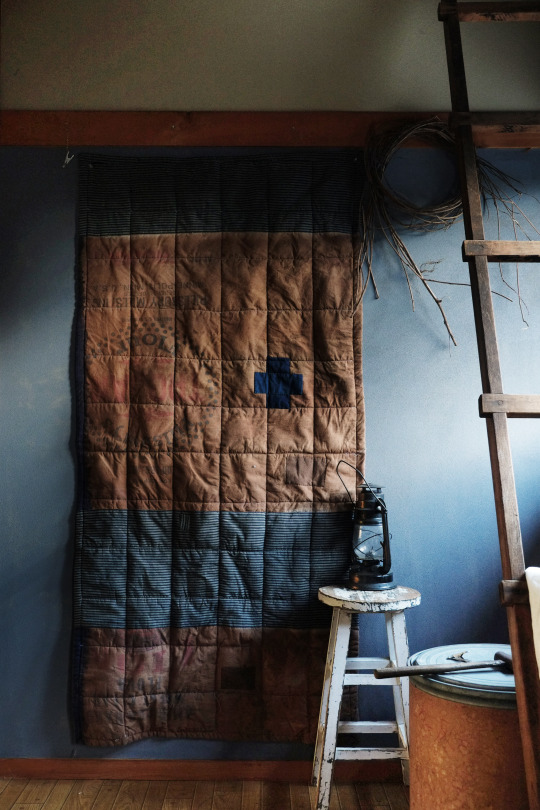

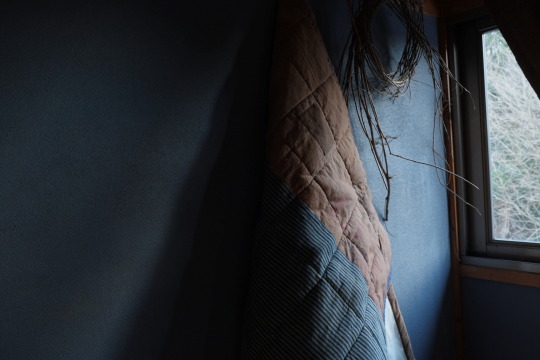
I made this quilted mat using Japanese fabric that is over 100 years old.The brown part was made from unraveled bags that were used to import flour and dyed with persimmon tannin in the summer. I matched it with indigo-dyed (aizome) striped fabric.One part is blue because the top of the sack was dyed with indigo to prevent insects from entering. This were covered with stains, but the persimmon tannin dyeing gave them a nice texture.
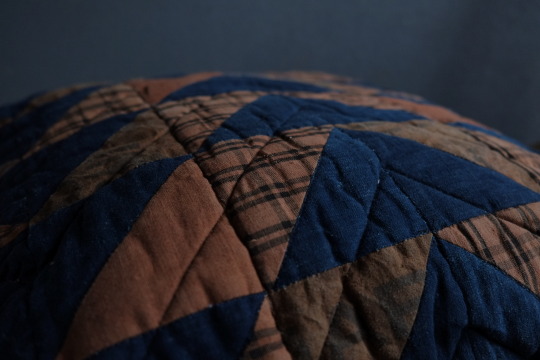
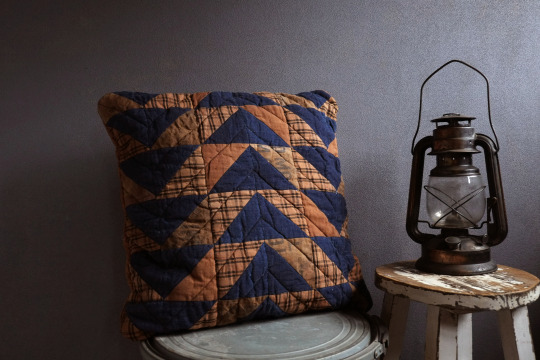
I made this pillow case from old indigo-dyed kimono fabric and old white plaid kimono fabric dyed in persimmon tannin. The hardest part of the production process is actually the unraveling of the kimono.
And now I making bags using very old mosquito nets.
This fabric was also dyed in persimmon tannin during the summer.

See you soon!
#japanese boro#boro#sustainable#kakishibu#country life#patchwork#visible mending#quilt#warm and cozy#cozy#aizome#quilting#january#japanese textile#japan life
19 notes
·
View notes
Text

Noh Costume w/ Design of Pine Tree Covered w/ Snow, Japan Edo Period, 17th century.
silk
4 notes
·
View notes
Photo

Field to Fabric: Takahiro Hasegawa's Ode to Linen in 'One Field, One T-shirt'
#fashion#minimalism#sustainability#japanese art#takahiro hasegawa#contemporary#the linen project#art#textile art#linen
5K notes
·
View notes
Text
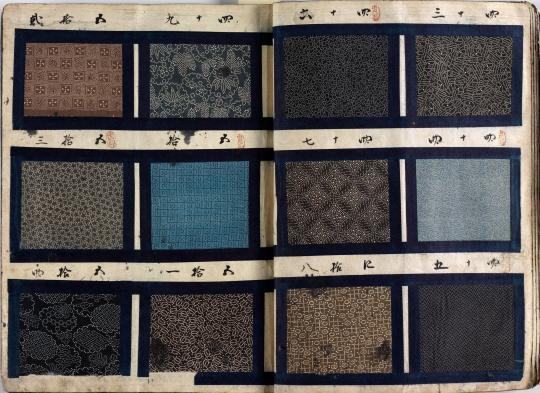


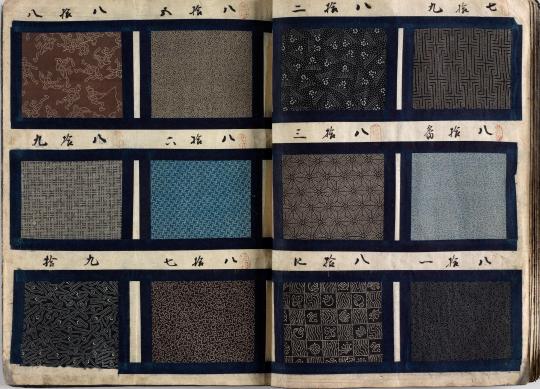
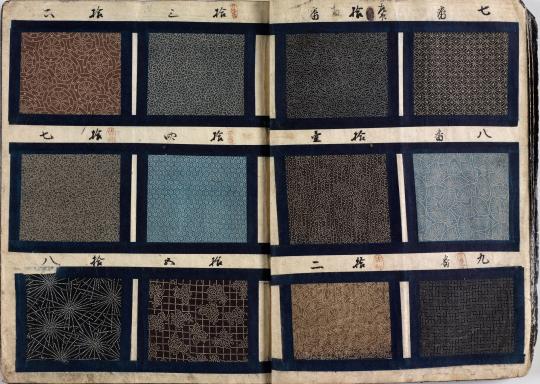


Unknown, Dyer's textile pattern book
mid 19th century
Part of RISD Museum (Rhode Island School of Design)
Woodcut on paper; Cotton plain weave, resist printed
30.8 x 23.5 x 2.5 cm (12 1/8 x 9 1/4 x 1 inches)
#unknown#set#textiles#pattern#pattern design#books#japanese art#woodblock print#color woodblock#japanese#woodcut
804 notes
·
View notes
Text








Textile Sample Book ‘テキスタイル見本帳’ Edo period (1615–1868)
Medium: Paper and cotton Dimensions: 9 1/2 x 7 in. (24.13 x 17.78 cm)
454 notes
·
View notes
Text
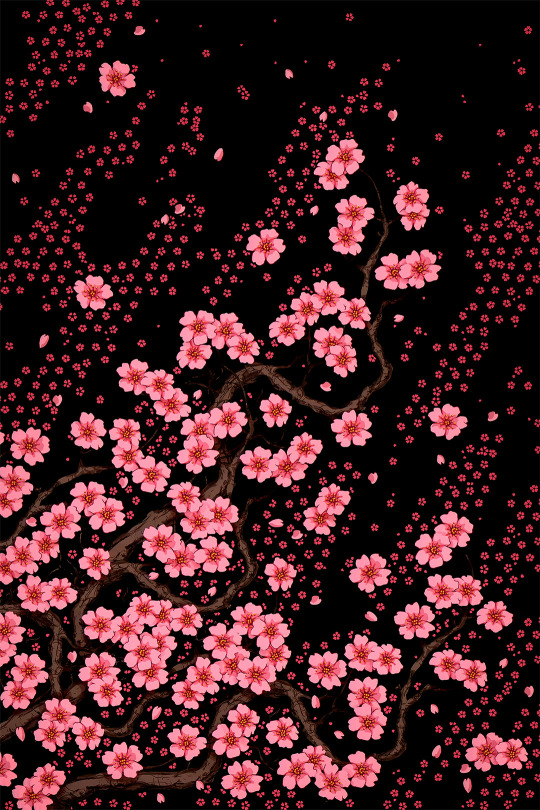

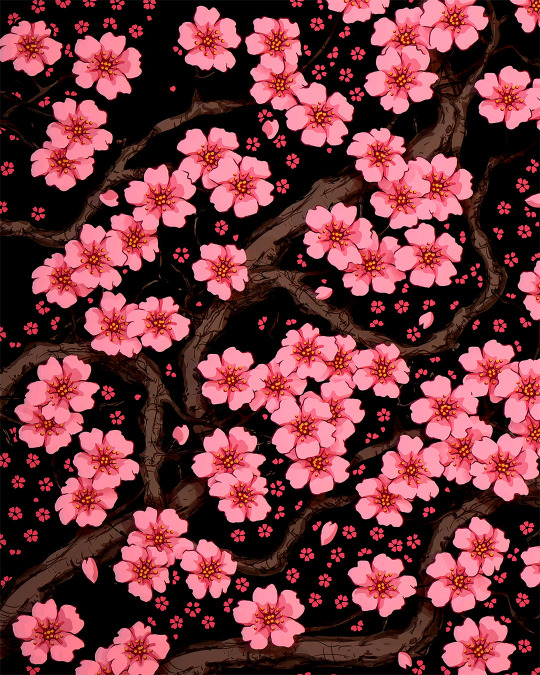
Sakura Moonlight
#sakura#cherry blossom#kimono#illustration#flowers#japan#japanese#inspired#textile design#surface design#pattern design#fabric design#pink#anime#kawaii#fabric#pattern#textile#design#illustrators of tumblr
899 notes
·
View notes
Text
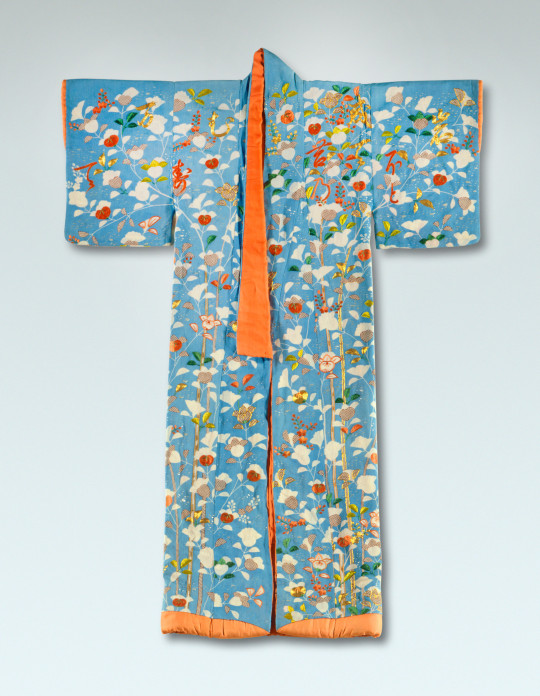

Woman's Kimono (Kosode) with Snow Covered Mandarin Orange Trees and Poem (Japan, late 18th century).
Silk, paste-resist dyed (shiroage) and stencilled imitation tie-dyed (kata kanoko shibori), with silk and gilt-paper-wrapped-silk-thread embroidery.
Images and text information courtesy LACMA.
399 notes
·
View notes
Text
In celebration of seeing the first fireflies of the season:
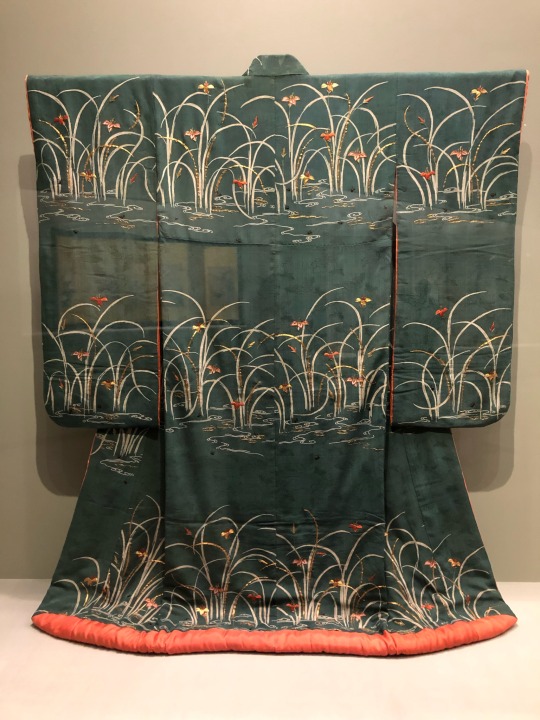
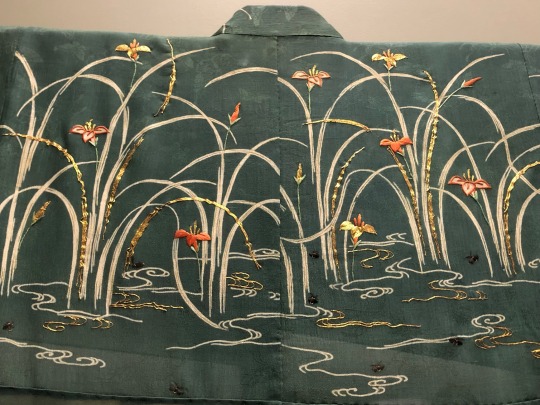
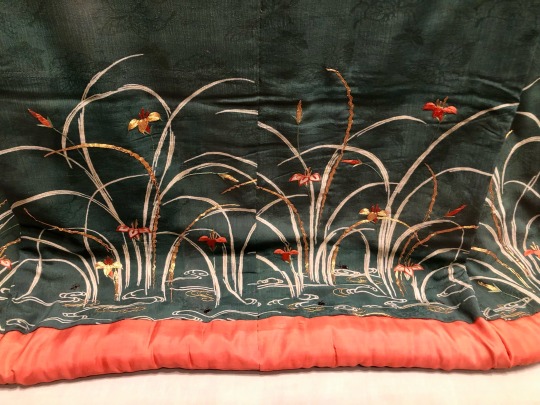

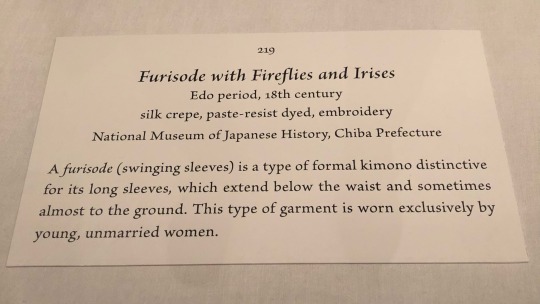
Furisode with Fireflies and Irises
Japan, Edo period, 18th century
silk crepe, paste-resist dyed, embroidery
National Museum of Japanese History (photographed on display at The Life of Animals in Japanese Art exhbition at the National Gallery of Art DC in 2019)
#Japanese art#East Asian art#Asian art#18th century art#kimono#furisode#historical costume#garment#embroidery#irises#fireflies#National Gallery of Art DC#The Life of Animals in Japanese Art#museum visit#exhibition#textiles#National Museum of Japanese History
773 notes
·
View notes
Text
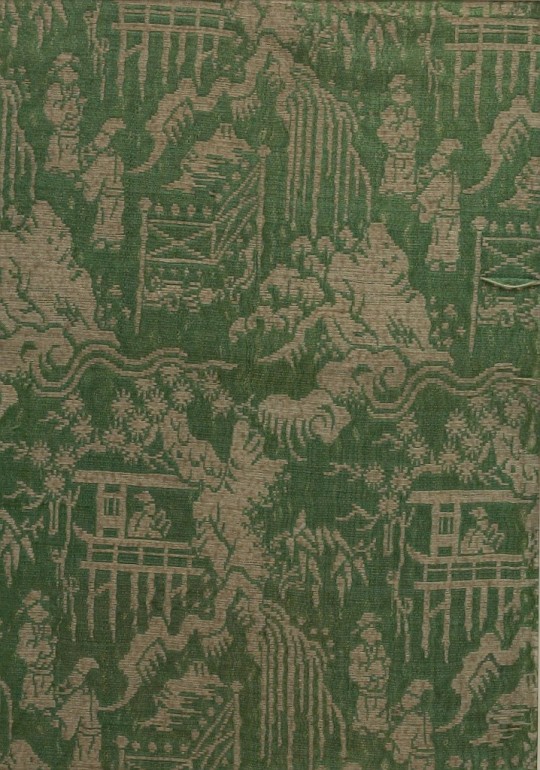
Textile fragment, 1789-1800, Edo period, Japan.
238 notes
·
View notes
Text



Nothing quite says the holidays like comfortable dressing gowns. And in the late 1800s, the Western market was absolutely besotted with dressing gowns--for men and women.
This 1885 deep berry dressing gown is covered in astonishingly beautiful embroidery featuring birds and lilies. It was made in Japan, specifically for Western audiences. The silk is faille, once again, so it drapes absolutely beautifully, and the detail on the pattern is one of the most stunning things I've seen in a long time. I can't even begin to wrap my head around the time and attention this would take.
The silk faille color is one of my favorites in the world. I want to personally thank LACMA for their amazing photography on this one.
#dressing gown#Japanese fashion#1880s fashion#circa 1885#fashion history#threadtalk#costume#victorian fashion#historical costuming#textiles#costume history#late victorian fashion
790 notes
·
View notes
Text
sashiko stitch
Hello,April. Time goes by quickly. Spring has come at my hometown. Sakura are a special flower for Japanese.


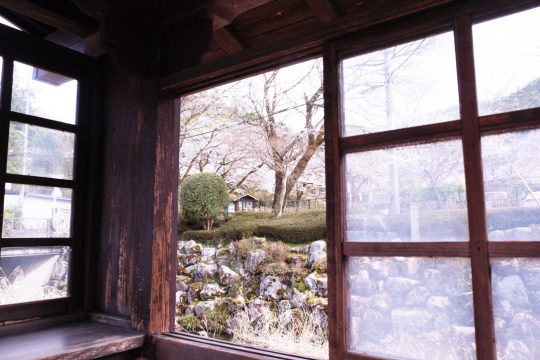

let's get back to the today's topics. Today, I would like to introduce a new works.

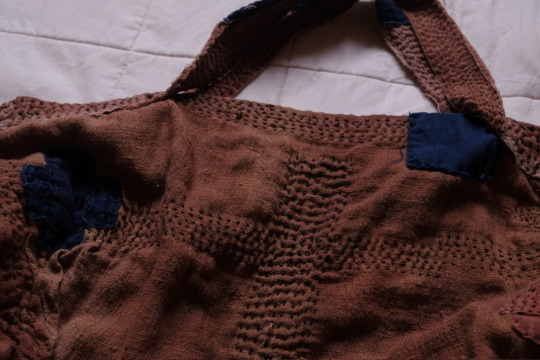

I recently made a bag from an old stained jute bag, dyed with persimmon tannin and reinforced with many stitches. Sashiko is an old Japanese technique to strengthen cloth with many stitches. I used up the old jute bags without any scraps. It is made entirely from vegetable materials, so it go back to the soil.

This bag is hand quilted with cotton inside. The handles of this bag are stuffed with old cloth. All the cloth of this bag is recycled from very old items. It takes a very long time, but we have created a very beautiful, durable, and environmentally friendly bag.
See you later!
#boro#kakishibu#sustainability#upcycle#japanese textile#antique fabric#sashiko#hand stitching#hand quilting#april 2024#coountry life#japan life
8 notes
·
View notes
Text
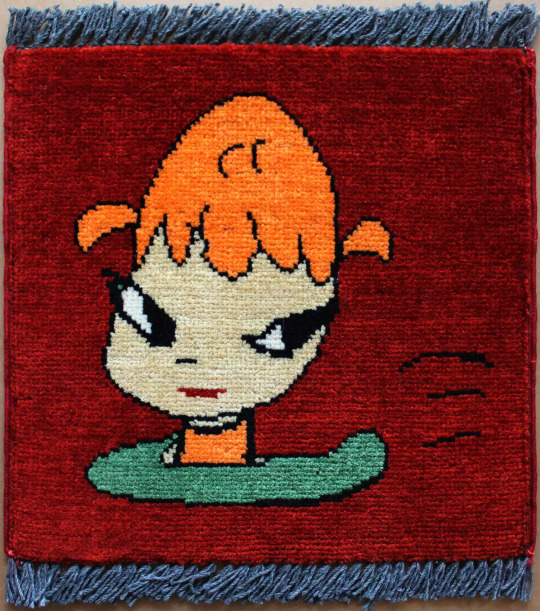
rug by yoshitomo nara, 2008, handmade wool rug, 13 4/5 × 12 1/5 inches
211 notes
·
View notes
Photo

Folds of Future: Issey Miyake's Avant-Garde Fashion through Irving Penn's Lens
#textile art#issey miyake#photography#irving penn#avant-garde#minimalism#japanese design#fashion#contemporary
258 notes
·
View notes
Text






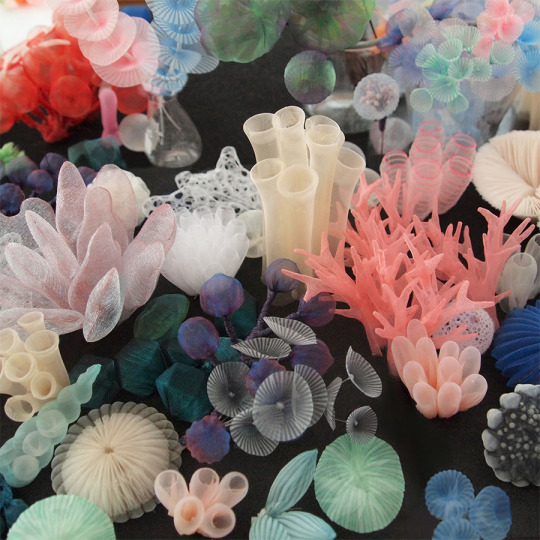


Artist I Like Series
Mariko Kusumoto 1967 - ???? A Japanese textile and metal artist the following is taken from her about page on her website. "My work reflects various, observable phenomena that stimulate my mind and senses; they can be natural or man-made. I 'reorganize' them into a new presentation that can be described as surreal, amusing, graceful, or unexpected. "
#Mariko Kusumoto#Japanese#20th century#21st century#textile art#contemporary art#female artists#artist I like#art history#art#fave
49 notes
·
View notes
Text
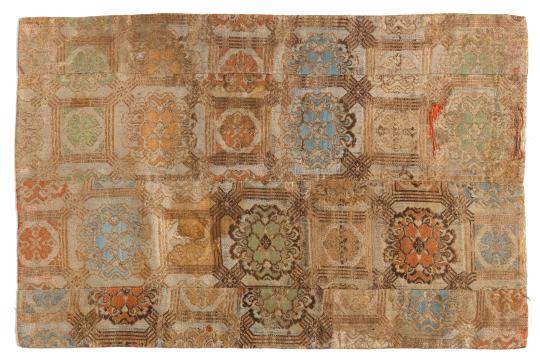
Unknown, Kinran fragment
textile fragment
18th century
white ground with multicolor geometric pattern. Narrow border strips on either side. Orange silk backing; gold brocade
brocaded silk
Overall: 15 1/2 x 10 1/8 in. (39.4 x 25.7 cm)
Williams College Museum of Art
158 notes
·
View notes
Text
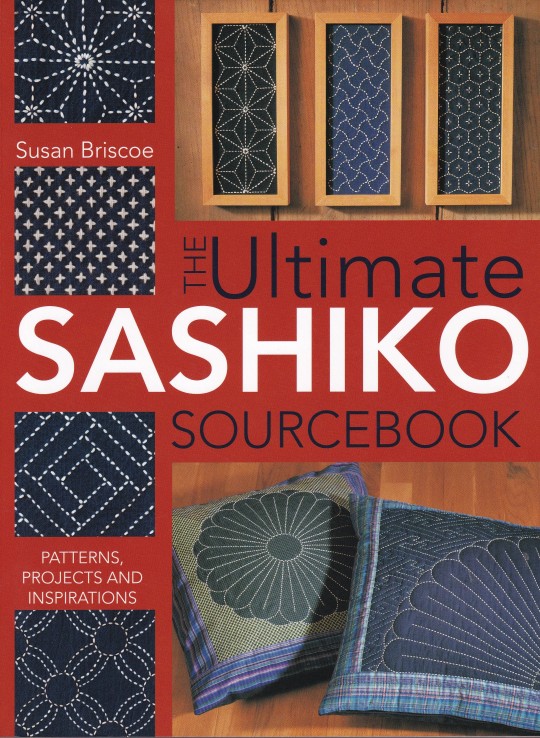
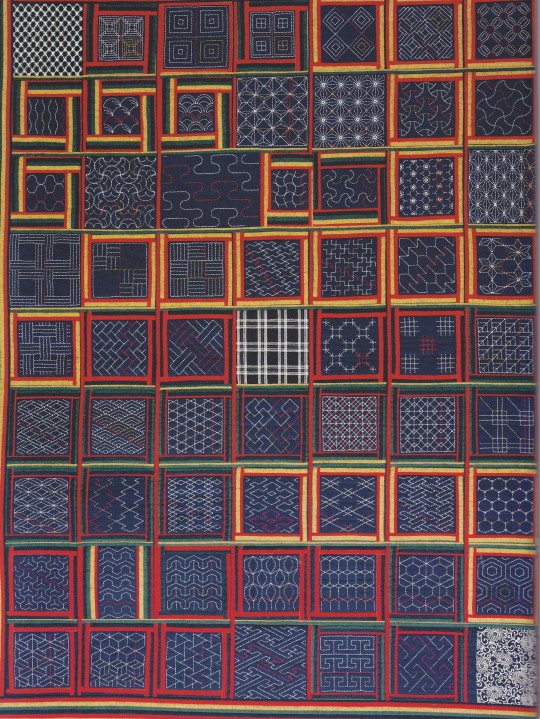




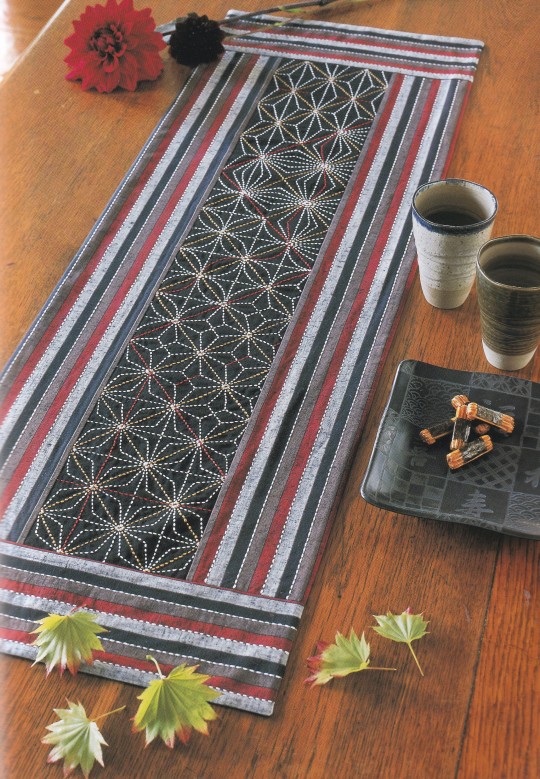
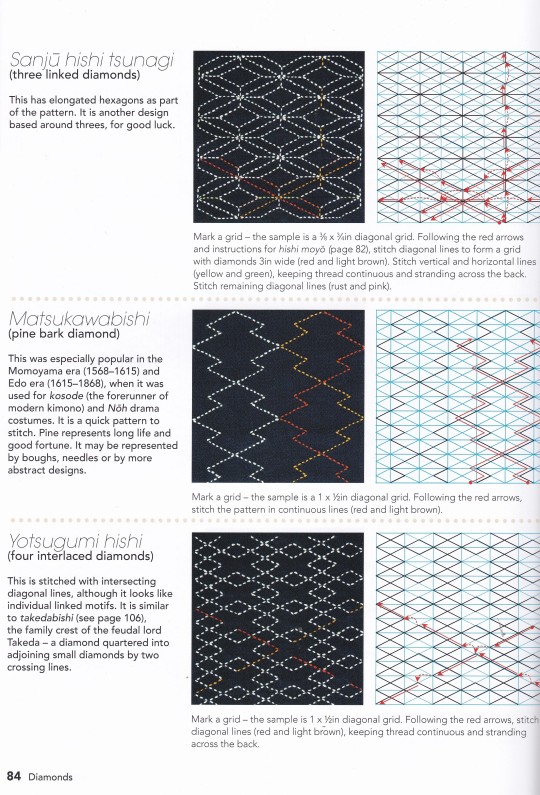


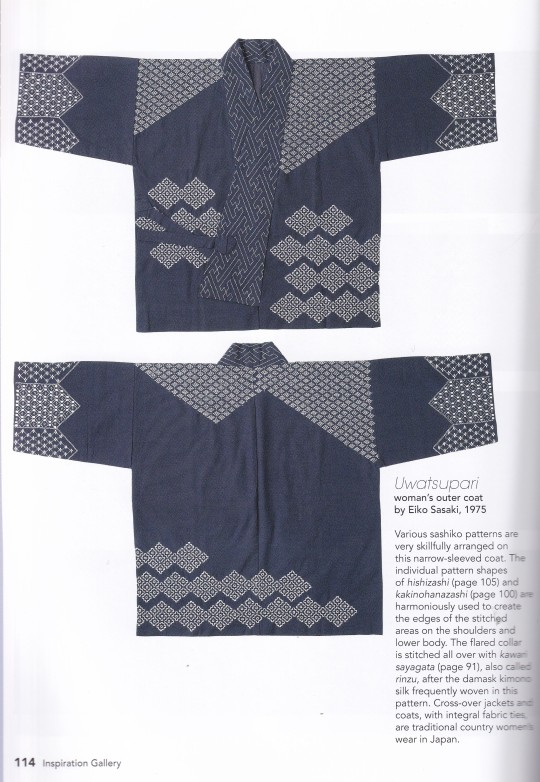
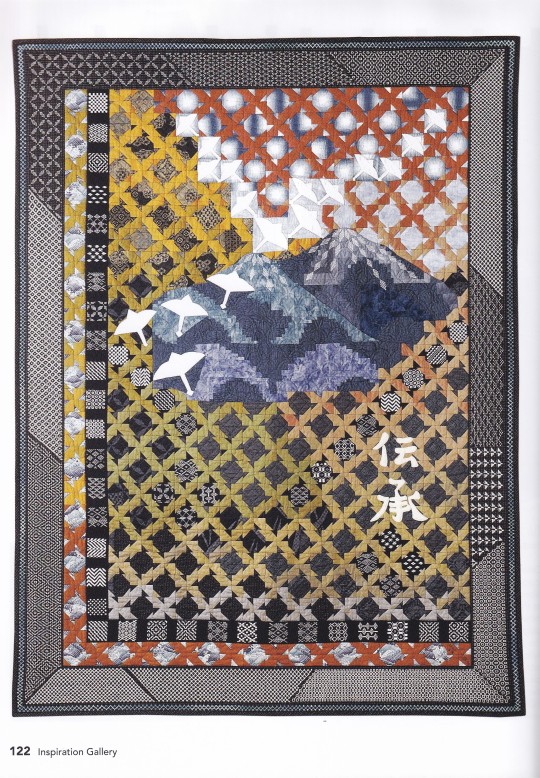
The Ultimate Sashiko Sourcebook
Patterns, Projects and Inspirations
Susan Briscoe
David & Charles, Exeter 2005, 128 pages, 21,5x28cm, paperback, ISBN 9780715318478
euro 22,00
email if you want to buy [email protected]
Sashiko, the traditional Japanese technique of needlework quilting, uses simple running stitch to create beautifully decorative patterns ideal for patchwork, quilting and embroidery. Sashiko (pronounced shash-ko) means 'stab stitch' and refers to the small running stitch that is worked to build up distinctive decorative patterns, of which there are hundreds. The book begins by exploring the origins of the technique to strengthen clothes and to make them warmer. Getting Started describes everything you need to begin stitching, including selecting suitable fabrics and threads, marking out patterns on the fabric, as well as the stitching technique itself. Ten project chapters show how easy it is to use sashiko patterns to make beautiful items for the home. The sashiko patterns are described in step-by-step detail in the pattern library, showing you exactly how to achieve each individual pattern with ease. Finally a gallery of work by contemporary Japanese textile artists provides extra inspiration.
25/01/24
#Sashiko#Japanese technique needlework quilting#textiles books#patterns#projects#inspirations#fashion books#fashionbookmilano
30 notes
·
View notes